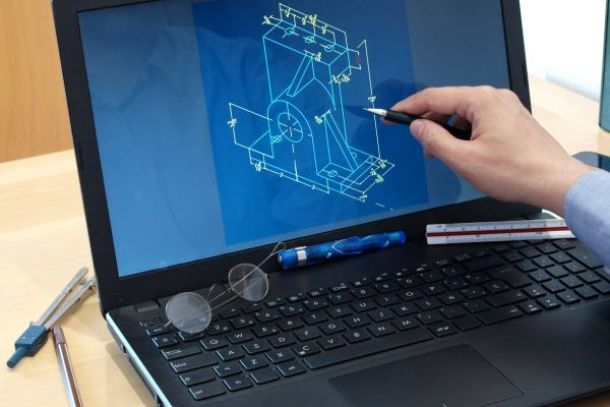Becoming a Designer: Your First Steps to Professionalism
Becoming a Designer: Your First Steps to Professionalism
Making the transition from design enthusiast to professional requires dedication and a structured approach. This article provides actionable steps to help beginners make a smooth entry into the design industry and start building a reputation as a skilled designer.
Step 1: Shift to a Professional Mindset
As a professional, you’ll need to prioritize design goals that align with client needs and project objectives. Start by understanding the client’s vision, audience preferences, and project requirements, which will shape your design choices.
Step 2: Develop a Range of Skills
To succeed in the competitive design field, focus on building a well-rounded skill set:
- Technical Proficiency: Master tools like Adobe Creative Suite, Figma, and Canva.
- Communication Skills: Learn to clearly articulate your design ideas and respond to feedback constructively.
- Time Management: Develop the ability to meet deadlines and manage multiple projects effectively.
Step 3: Start Building Your Network
Networking is essential in design. Attend workshops, join online design communities, and connect with other designers on platforms like LinkedIn. Engaging with others can lead to mentorship opportunities, collaborations, and job offers.
Step 4: Create a Professional Portfolio
A portfolio is a must-have for any aspiring designer. Focus on creating a clean, easy-to-navigate layout that showcases your best work. Include a mix of personal projects and client work, if available, to demonstrate your versatility.
Closing Thoughts
Becoming a professional designer is a rewarding journey. By developing a professional mindset, refining your skills, networking, and building a strong portfolio, you’re well on your way to establishing a successful career in design.


